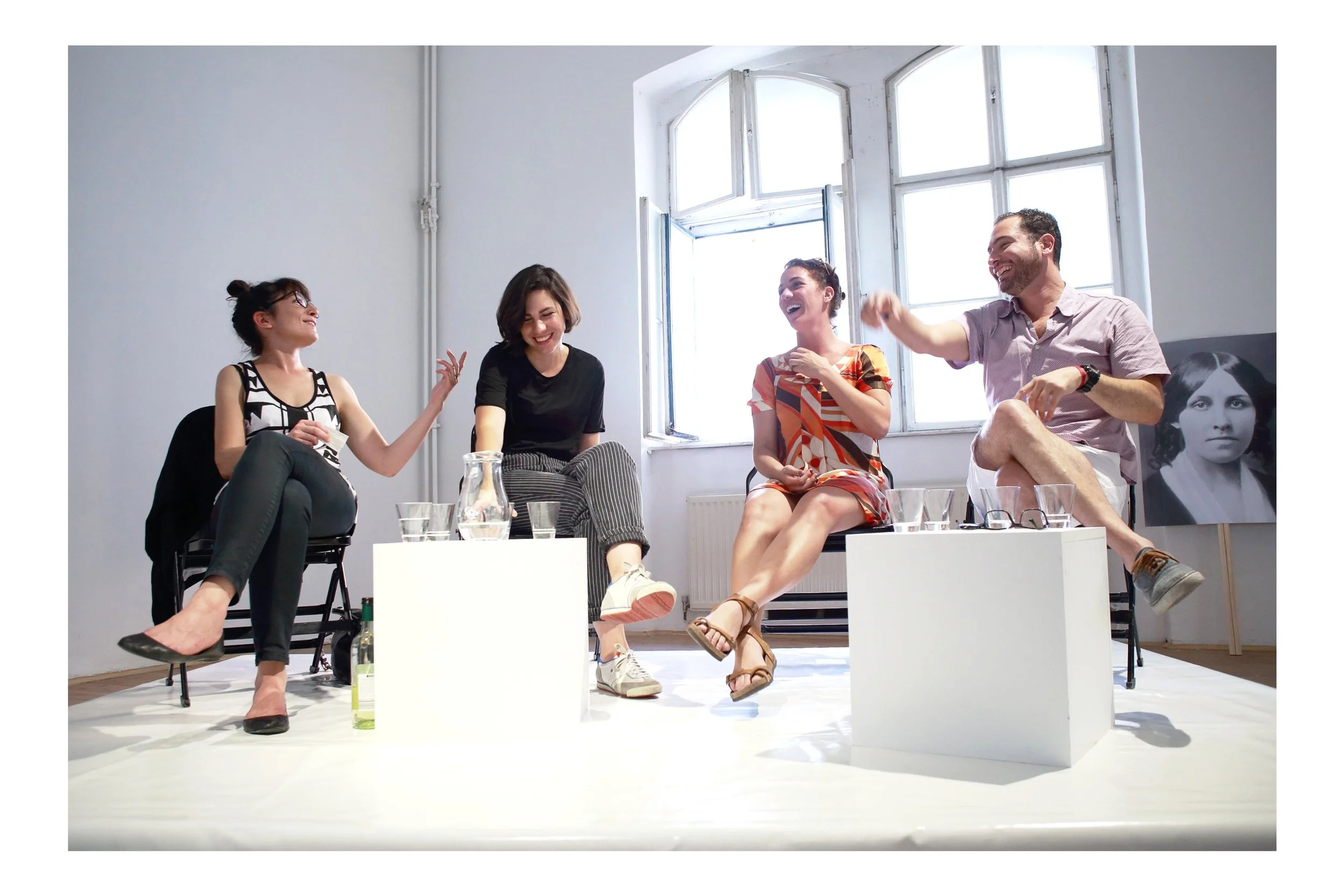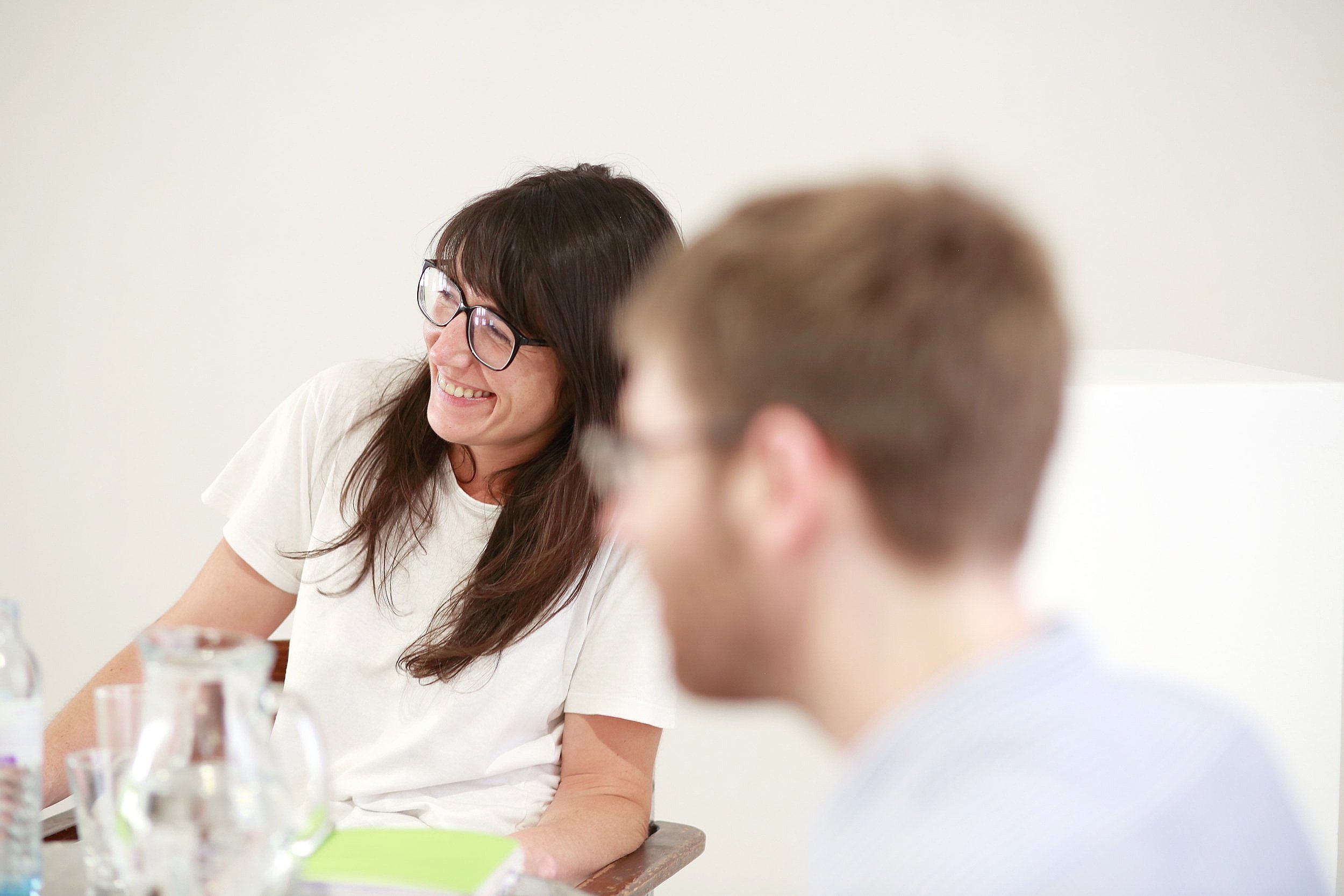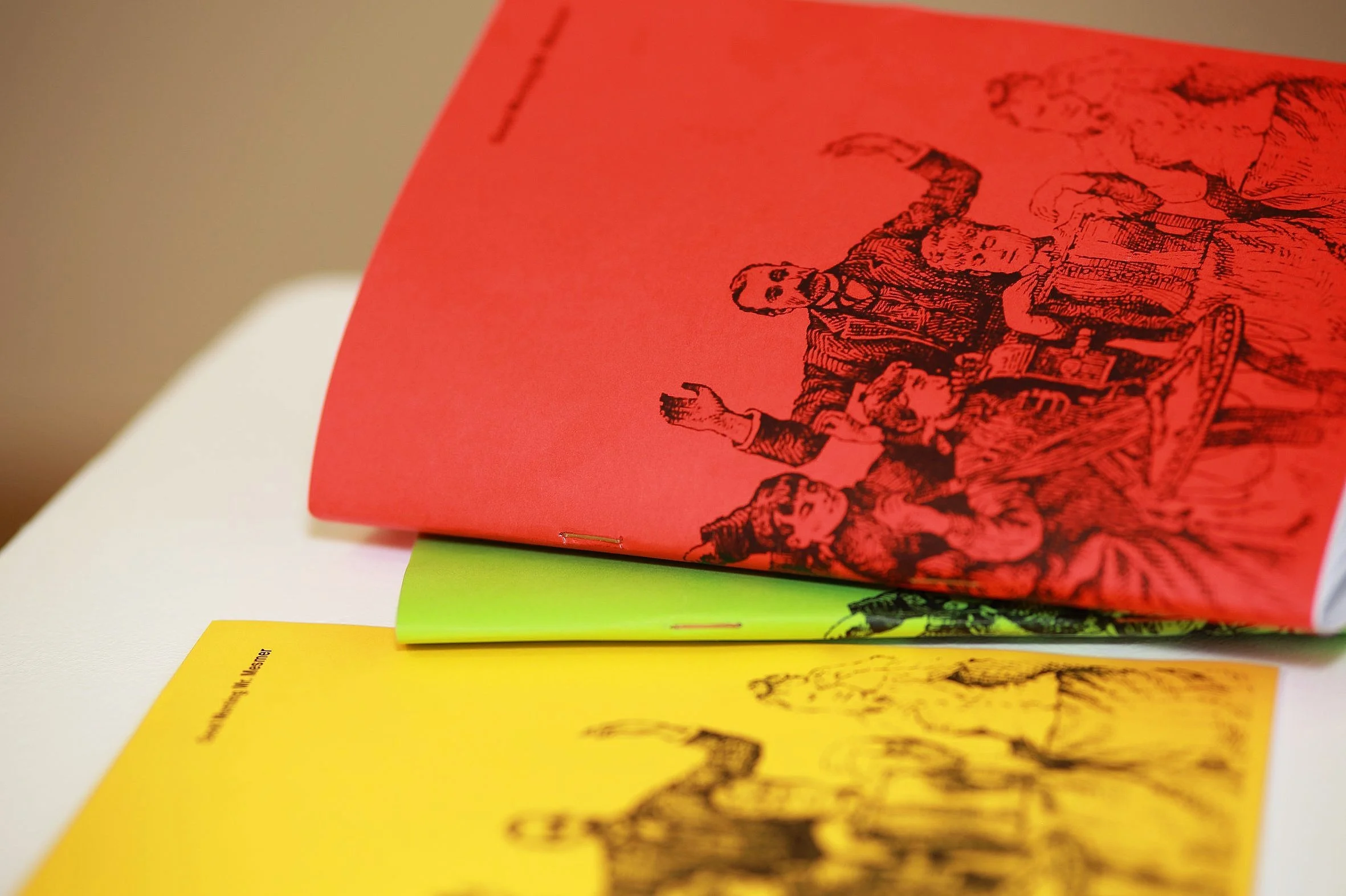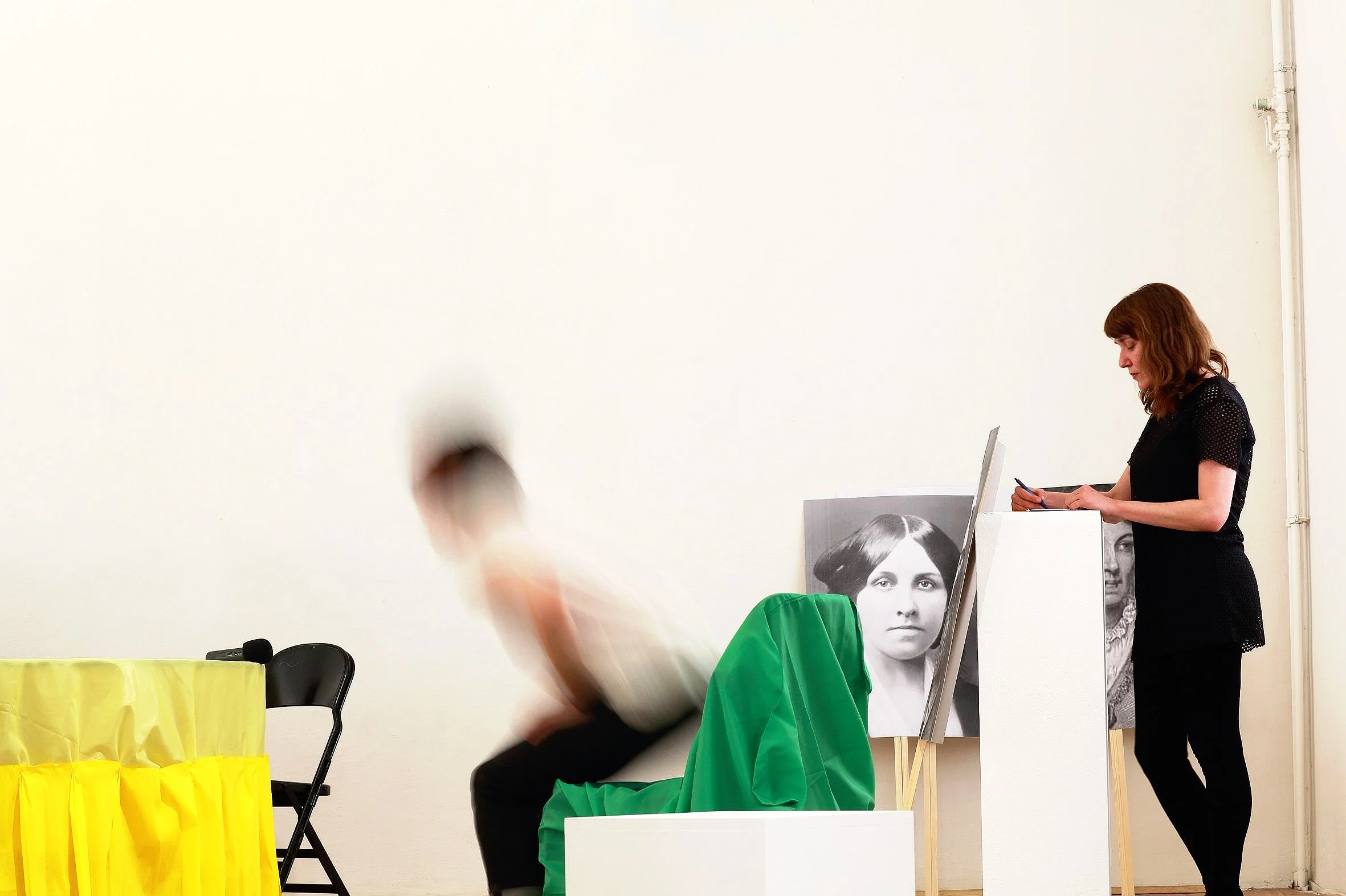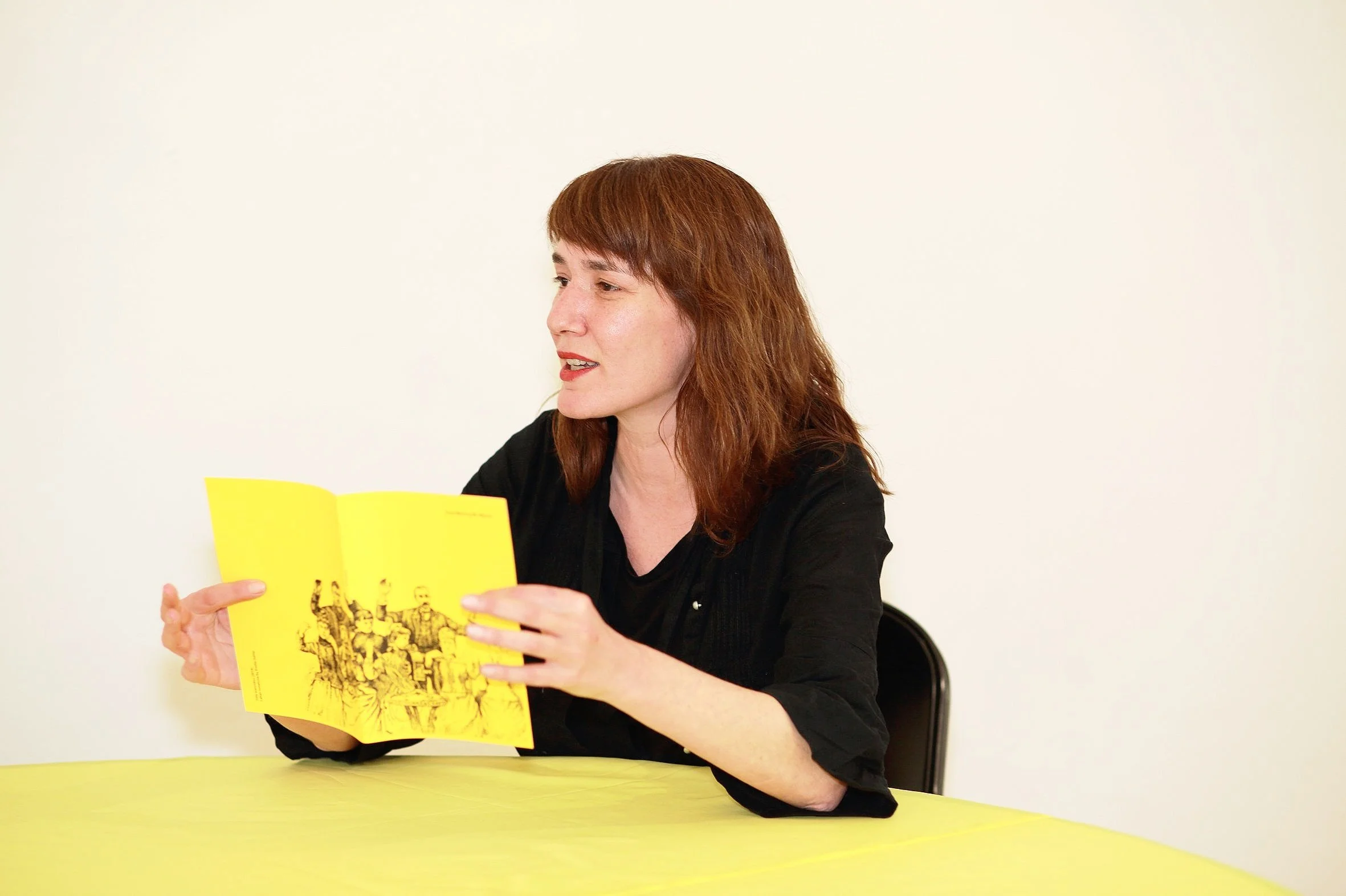Europa Agora / Curatorial project in collaboration with Andreas Hochuli and Yota Ioanidou
A l’orée des années 2010, bon nombre de publications, d’expositions et d’événements dans le domaine de l'art contemporain, sont consacrés à la recherche artistique. Bien que cela recouvre des pratiques très hétérogènes, la revendication commune de produire de la « recherche artistique » attire l'attention. Pourquoi cette pratique empruntée aux sciences a-t-elle semblé un temps si séduisante ? L'objectif d’Europa Agora a été de mettre en perspective l’attrait pour la recherche artistique et les profonds changements qui ont été opérés dans l’organisation des études en art depuis l’entrée en vigueur des accords de Bologne. Peut-on, par exemple, voir un lien entre l'offre croissante de doctorats en art à cette époque et l'inflation de projets artistiques basés sur la recherche ? Peut-on parler d’un « nouvel académisme », cette fois basé sur des contingences totalement matérielles ? Afin de comprendre ces phénomènes et les liens qui existent entre eux, ces questions ont été abordées avec les deux artistes invités Andreas Hochuli et Yota Ioannidou, au travers de leurs œuvres, et prolongées par des entretiens en public.

